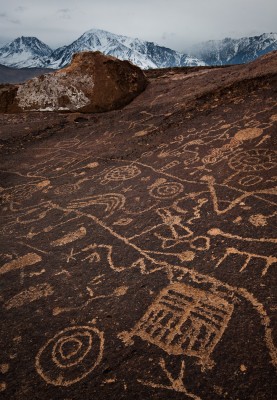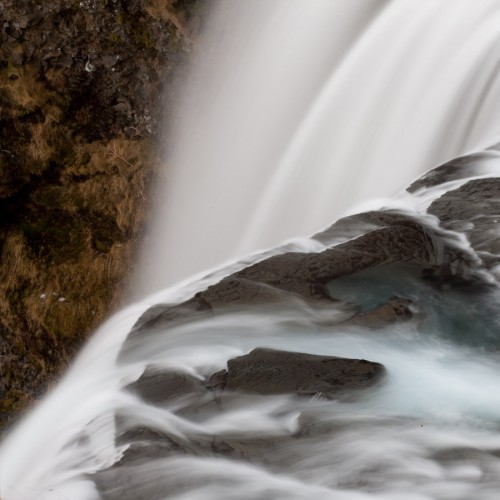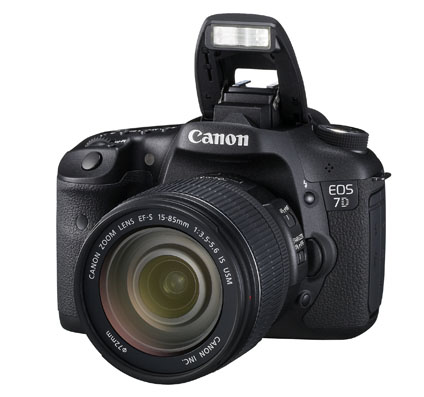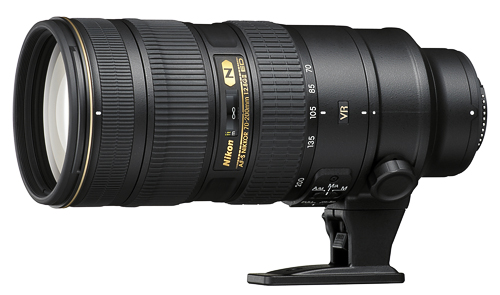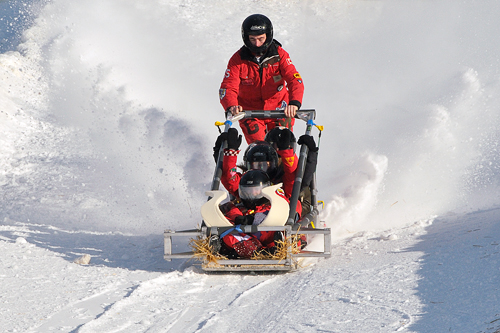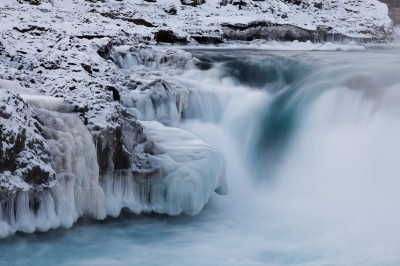The Tuesday Composition: Case Study: Petroglyphs
If you like this article, you can now get the book! Joe has expanded the “Tuesday Composition” series into an inspiring new ebook on composition, especially for nature photography. Check it out: The Tuesday Composition.
Over the past few months I’ve noted a couple dozen compositional “ideas”, not so much rules as tools that you can use to make more effective photographs. But this leaves a question hanging: How do I actually use all these ideas in practice?
I wish I had a pithy answer for that, but I don’t think there is one. In practice, the right way to approach a new situation comes from intuition and experience, learned by example after example after example. Some of the next few posts in this series, including this one, will take a single image and try and dissect my process, my thinking, when I was creating the image.
I’ll start with a petroglyph image I made in the Eastern Sierra during a visit last month for workshop scouting.
First, let me set the scene: The petroglyph panel in the foreground of this image is nearly horizontal and quite large, with well over one hundred glyphs. It is not well-protected. As such, the ways in which I’m willing to work this panel are strongly constrained by the desire to protect the panel-from vandalism, from damage that might occur if someone were to walk on the panel (scuffing, etc.), and from the damage that even skin oils can do to the “varnish” the glyphs are carved into. This limited my vantage points to places I could get to without damaging the panel, and views that don’t “give away” precisely where the panel is located.
While this is an extreme example, as photographers we are often constrained (by fences, physics, law or ethics) in what compositions we can make. Those constraints are often part of the dance of composition.
Trying to not show a lot of detail (save for distant mountains) beyond the panel meant shooting low, close to the panel. I did want to include the snow-covered mountains, which forced the choice of a particular side of the panel to work from. “Shooting low” suggested a near-far composition, which meant selecting a couple of particularly interesting glyphs (concentric circles, and the square grid) to serve as foreground anchors.
In short, the constraints on taking the photograph suggested a style of composition, and that style led me by the hand to keep in mind a particular guideline (interesting foregrounds are a must for near-far compositions.) (more…)
